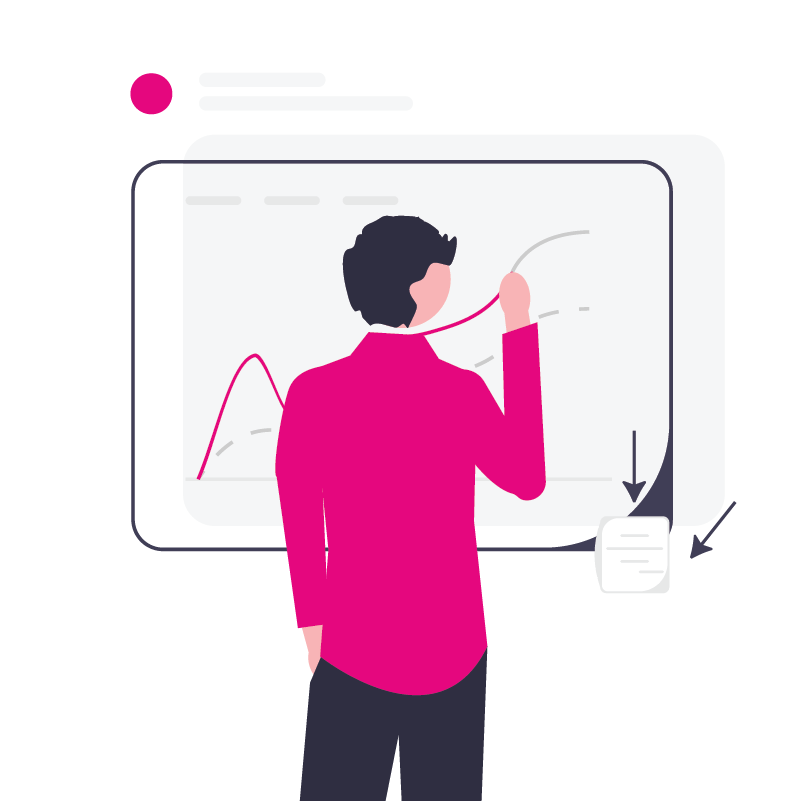Data and AI: your shortcut to launching new products and services quickly
The energy sector has become increasingly competitive, and its products and services are constantly evolving.
As a utility, you want to provide your customers with the breadth of energy and additional products and services they require now and in the future.
Speed up your time to market
The good news is that, with the help of technology, you can bring new products and services to market quickly. You can even gather valuable insights about what your customers want and how they want it to be delivered.
By leveraging the power of data and AI, you can identify opportunities and implement strategies ahead of the competition.

Commodity products
Technology can help you identify trends in demand from customer usage or contract data and use that information to build new tariffs.
You can also use technology to model the impact of new products on usage, revenue, and billing. This ability to accurately forecast the efficacy of a new product adds crucial agility and responsiveness to your customer offering. It also makes your customers feel that you understand them and are focused on their needs.
Emerging non-commodity products
Many consumers are seeking ways to self-generate energy. Solar panels, windmills, and industrial batteries are growing in popularity but require significant investment and maintenance. This also creates opportunities for you as an energy retailer.
You can, for example, offer leasing solutions for solar panels, including installation and maintenance as options. These can either be billed as one-off costs or as a monthly service charge. You can utilize data to provide a hybrid charging solution whereby consumer costs are offset by the user selling a portion of their self-generated electricity back to the utility. You can leverage AI to model the broader impact on your customers’ billing and rates, adjusting your buy-back rates accordingly. By allowing your customers to configure the products that best suit their unique situation, e.g. with an online tool on your customer portal, you can provide them with visibility to their costs and benefits, putting them in control of their energy journey.
There are other opportunities for non-commodity innovations that align with customers’ lifestyles and enable you to position your brand as a key component of it, such as EV chargers and car-sharing schemes. These can help you evolve from being merely an energy retailer to a truly renewable service partner.

The key to all of this is data
Understanding your customers, their lifestyles, and their needs will help you develop products that inspire loyalty and attract new customers.
You can gather this data through your Customer Information System (CIS), such as the consumptions retrieved via your smart meters, insights captured during the sales journey, the payment behaviour of this customer group, or insights gleaned from customer service interactions such as sentiment.
If employed correctly, these insights can enable you to quickly devise, launch, and optimize products and services.
Continue Reading
Navigating the energy trilemma: 5 effective strategies for energy utilities
Learn how your energy utility can balance reliability, affordability, and sustainability with these 5 strategies.
Five ways UK water companies can enhance customer service
Discover five strategies for UK water companies to enhance customer service and rebuild trust in line with Ofwat's guidelines.
A CIS with Microsoft power, utility focus
When utilities seek a new CIS, they are often forced to choose between large vendors with weak support and smaller vendors that lack technological power. But what if you could have both?




